iCloud is an Apple service that is used to back up and synchronize all your data. For free, Apple gives you 5 GB of free iCloud storage for each Apple ID, but of course you have to pay extra for more space, in the form of a monthly subscription. However, the amounts for a larger iCloud are definitely not exorbitant, and it is definitely worth having and using this cloud service. Undoubtedly, photos and videos are among the most frequently backed up data on iCloud, but sometimes it can happen that the iPhone does not send some of them to iCloud for some reason. In this article, we will therefore look at 5 tips on what to do in such a situation.
It could be interest you
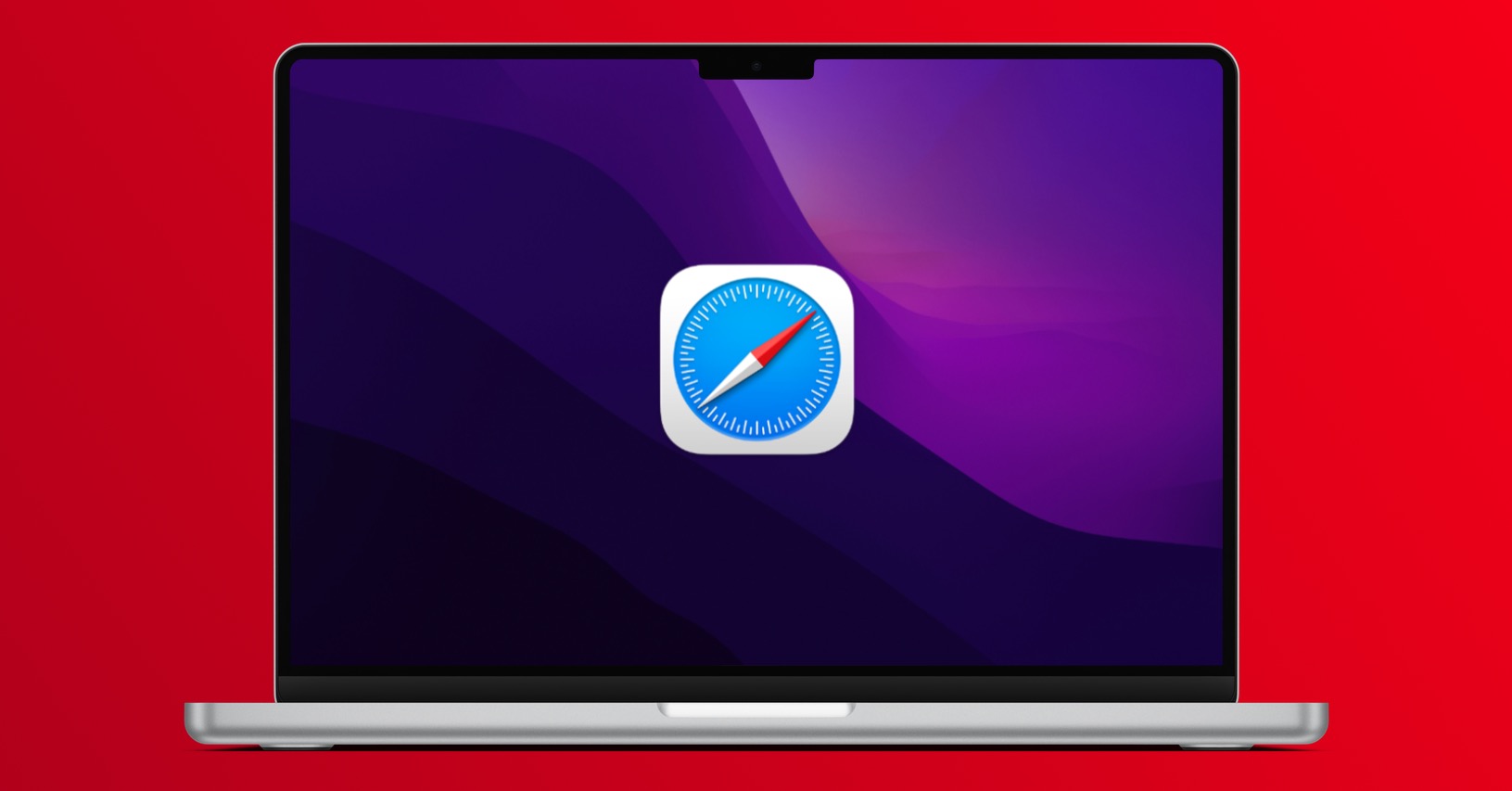
Check the settings
To be able to send photos and videos to iCloud, it is of course necessary that you have iCloud Photos enabled. Sometimes it can happen that this function appears to be active, but in reality it is disabled and the switch is just stuck in the active position. So in such a situation, just turn off iCloud Photos and then turn it back on. You can do this by going to Settings → Photos, where using the switch u option Photos on iCloud try deactivating and then reactivating.
Sufficient iCloud space
As I already mentioned in the introduction, in order to use iCloud, it is necessary that you have enough free space on it, which you get by pre-paying. Specifically, in addition to the free plan, three paid plans are available, namely 50 GB, 200 GB and 2 TB. Especially in the case of the two first mentioned tariffs, it may happen that you simply run out of space, which you can solve either by deleting unnecessary data or by increasing storage. Of course, if you run out of iCloud space, sending photos and videos to it won't work either. You can check the current status of iCloud storage in Settings → your profile → iCloud, where it will appear at the top chart. To change the tariff, go to Manage storage → Change storage plan.
Turn off low power mode
If your iPhone's battery charge drops to 20 or 10%, a dialog box will appear in which you can activate low power mode. You can also activate this mode manually, among other things, through Settings or the control center. If you activate the low power mode, the performance of the device will decrease and at the same time some processes will be limited, including sending content to iCloud. If you want to restore sending photos and videos to iCloud, then it is necessary disable low power mode, or you can go to the library in Photos, where after scrolling all the way down, uploading content to iCloud can be activated manually regardless of low power mode.
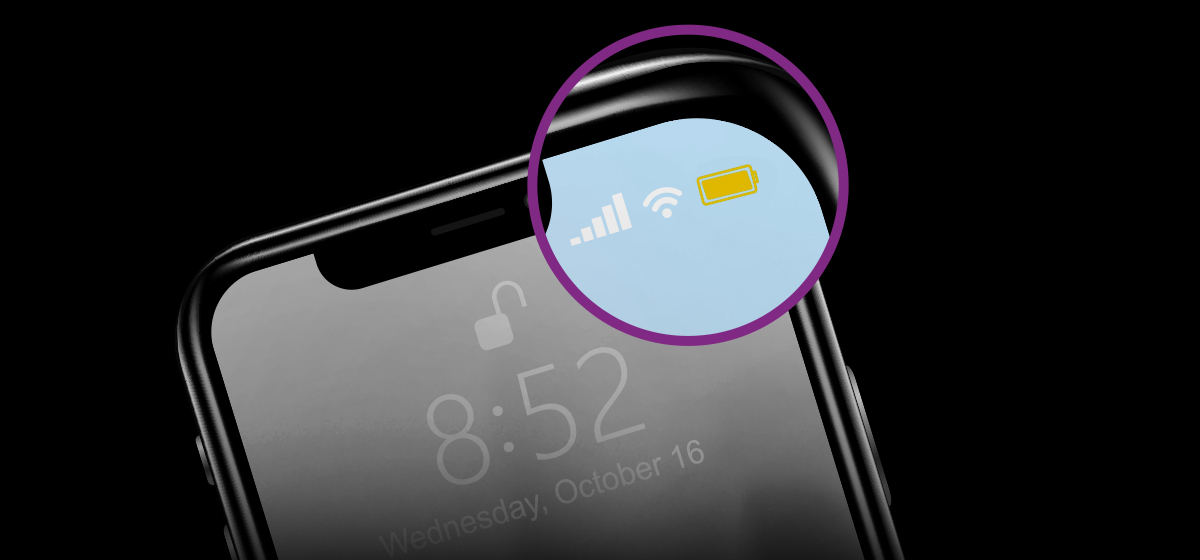
Connect iPhone to power
Among other things, photos and videos are synced to iCloud primarily when the iPhone is connected to power. So if you have problems with synchronization, just plug your Apple phone into power, after which iCloud upload should start again. But it doesn't have to happen right away - it's ideal if you let the iPhone send all the photos and videos overnight, leaving it connected to power. This procedure is simply proven and works in most cases.
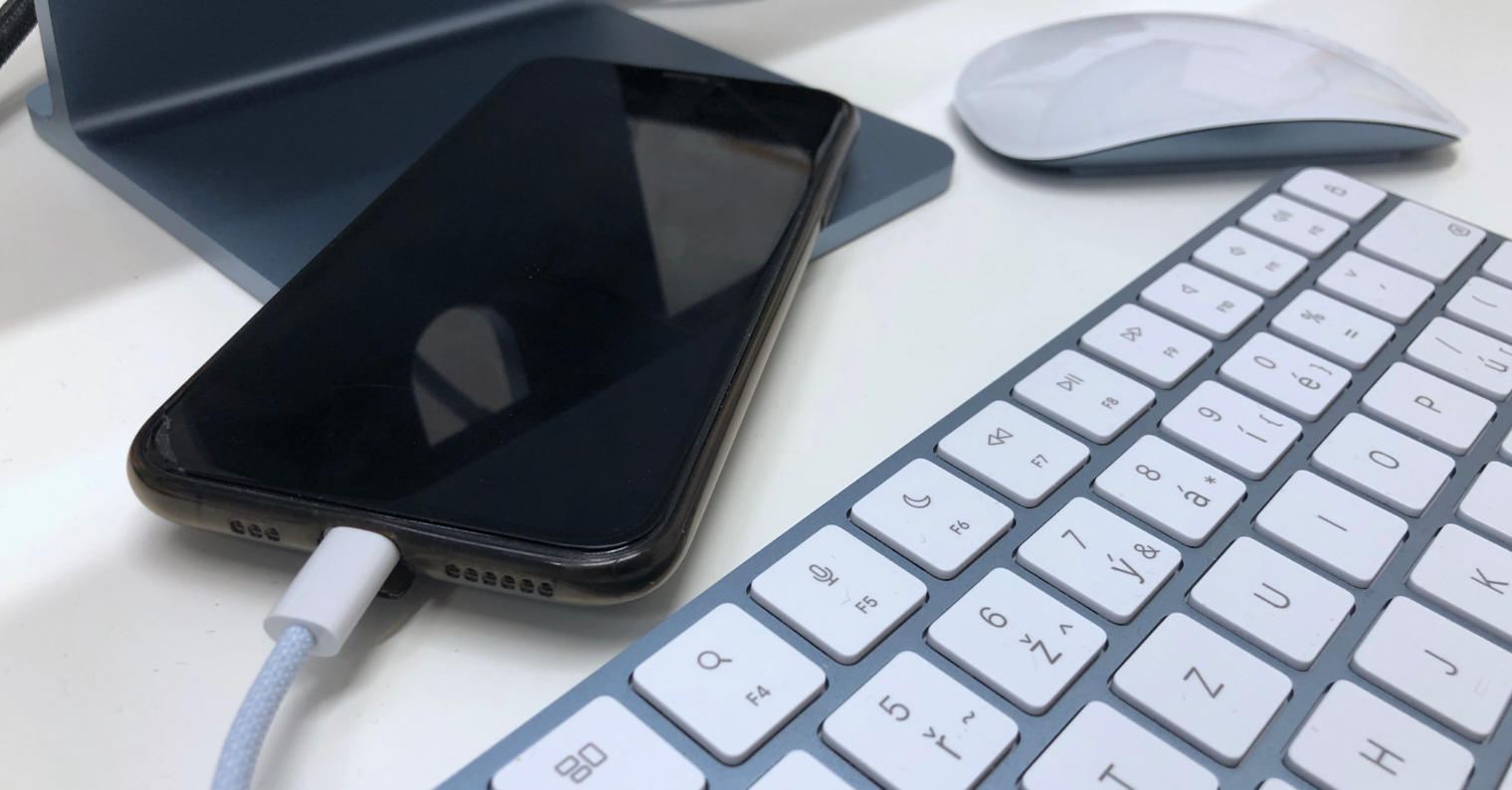
Restart your iPhone
Practically every time you have a problem with modern technology, everyone advises you to restart it. Yes, it may seem annoying, but believe me, such a reboot can really solve most things. So, if none of the previous tips helped you, then simply restart your iPhone, which will probably solve the problems. Restart iPhone with Face ID you do by holding the side button and the volume up button, where you just swipe the slider Swipe to turn off na iPhone with Touch ID pack hold the power button and also swipe the slider Swipe to turn off. Then just turn the iPhone back on.
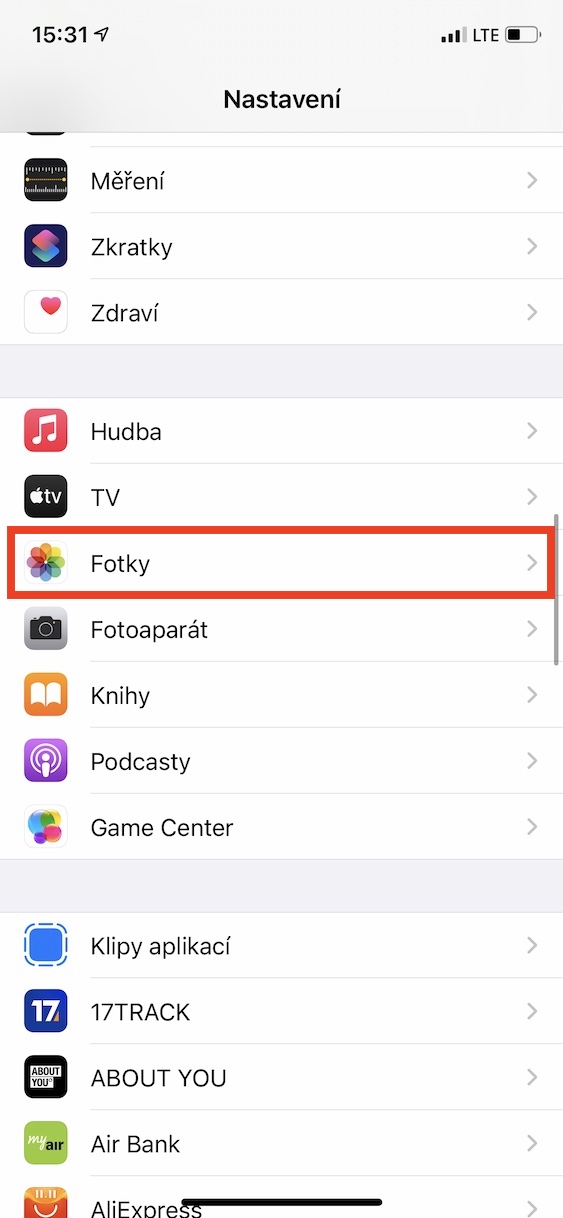
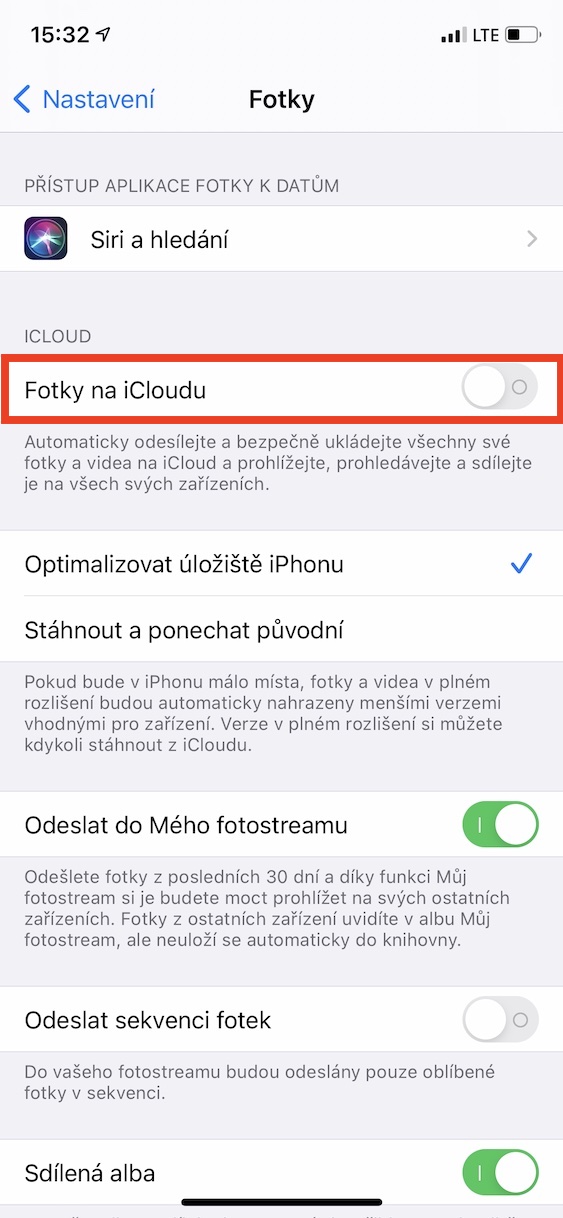


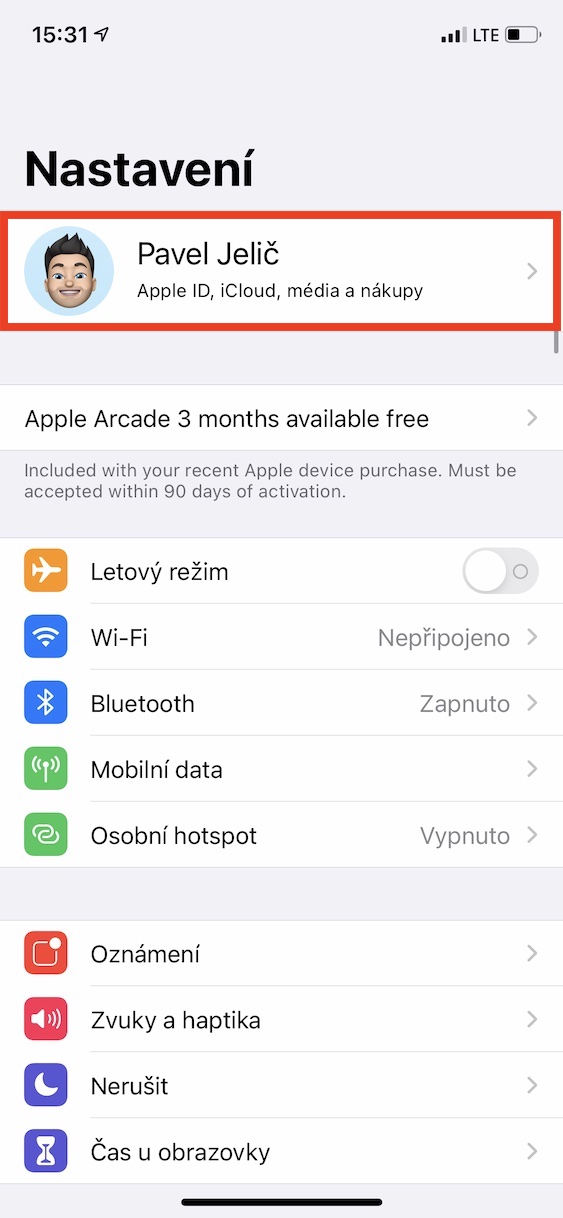
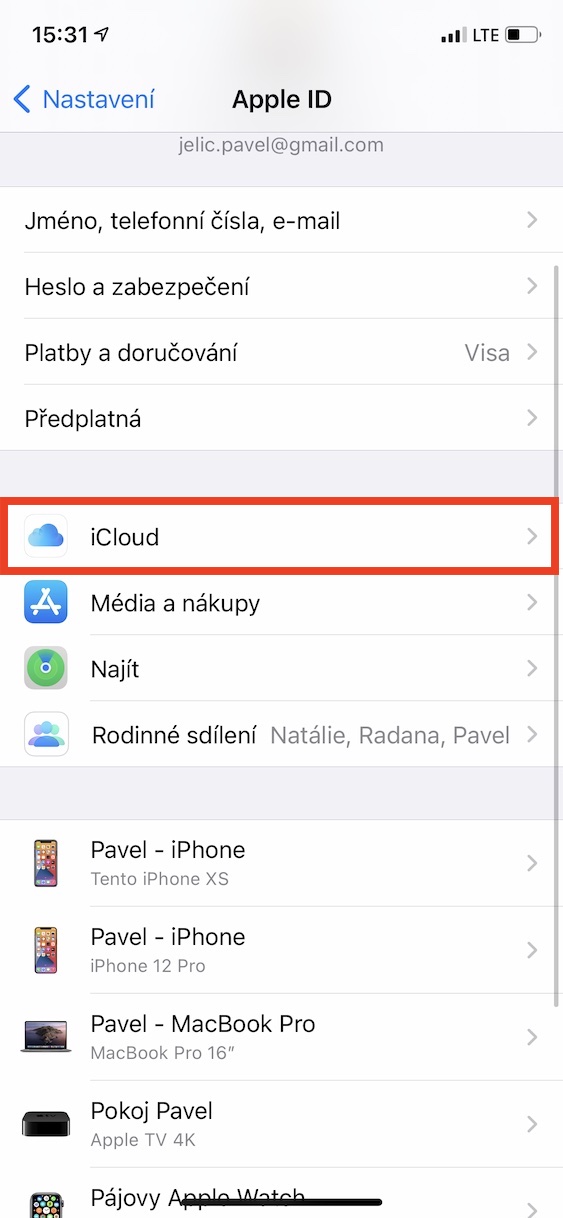

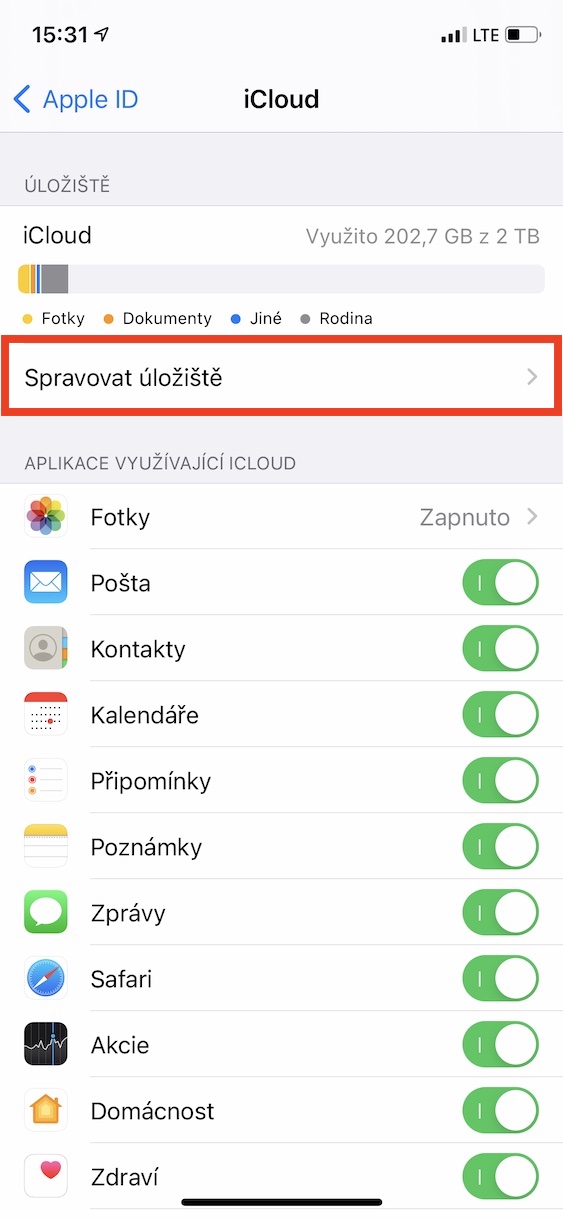

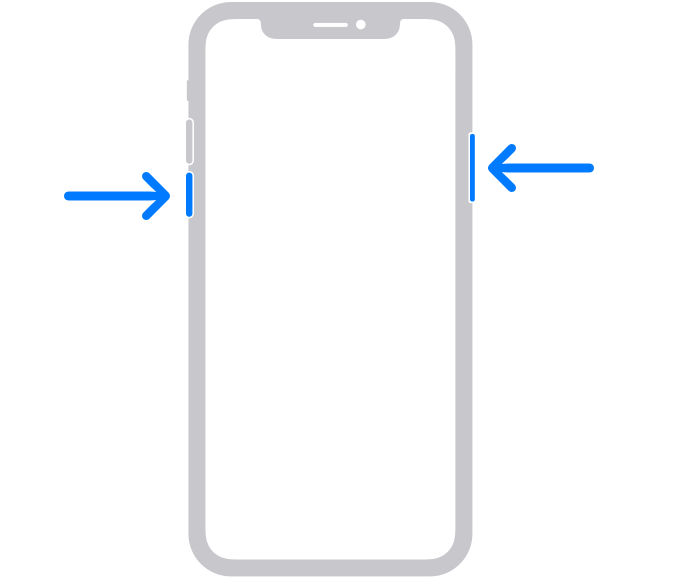
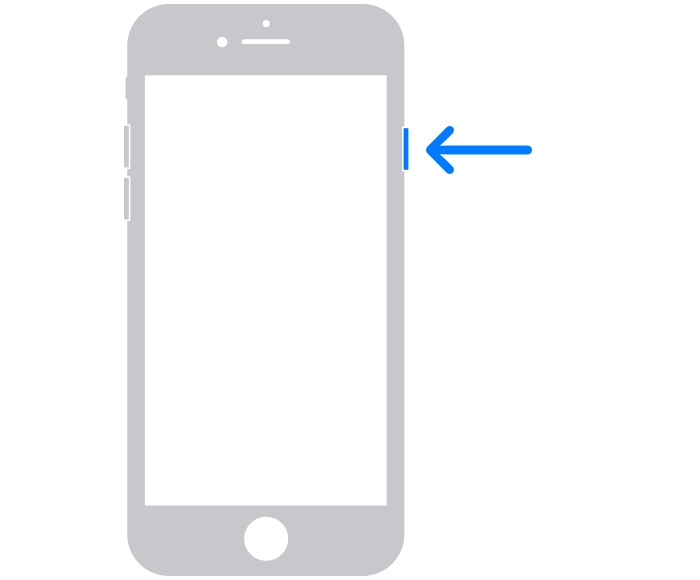
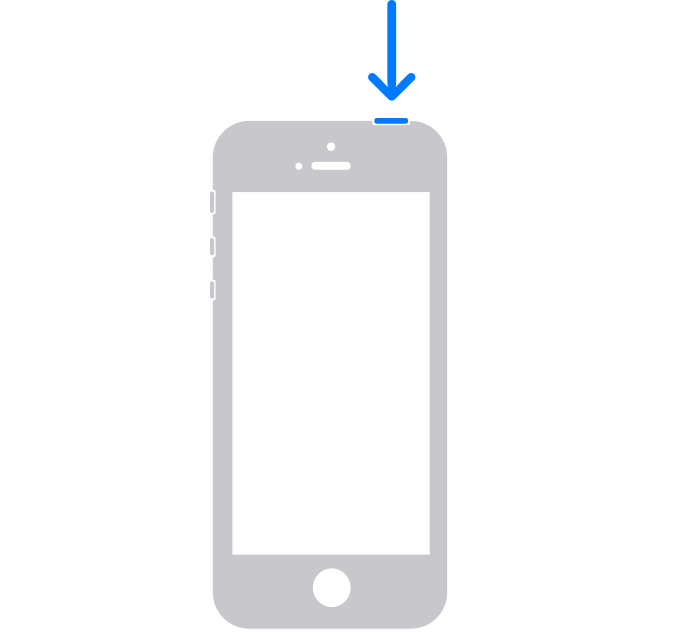

Hello, I did everything you describe in the article, and yet the photos are still out of sync :-)) WHAT about that? Who could I turn to? Acting, A.